#yellow loosestrife
Text

To be honest, when I found out the patriarchy wasn't just about horses, I lost interest.
Day 24: Yellow Loosestrife
This one is a patron reward for the amazing @ silverghost, thank you so much for an opportunity to draw him <3 I loved it.
81 notes
·
View notes
Text
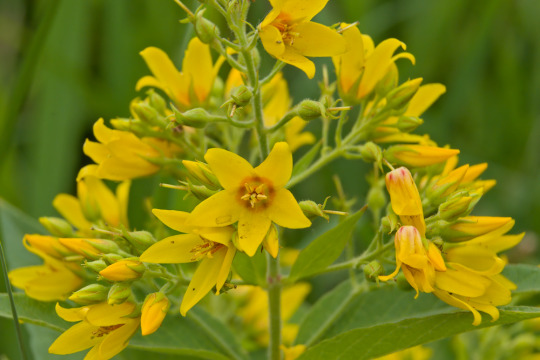
yellow loosestrife
#yellow loosestrife#flowers#wildflowers#photography#flora#floral#patterns in nature#bokeh#bokehlicious#close up#macro#original photographers#photographers on tumblr#lensblr#original photography#pws#nature
9 notes
·
View notes
Text


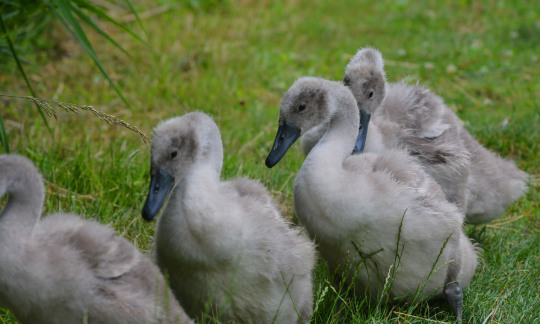

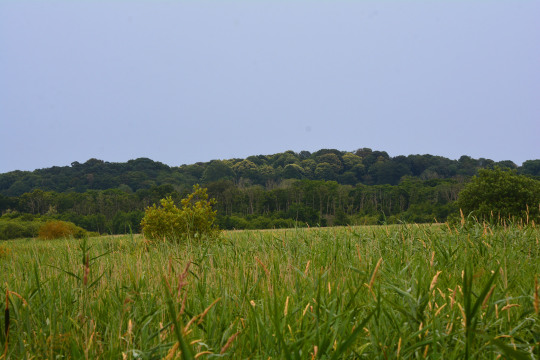
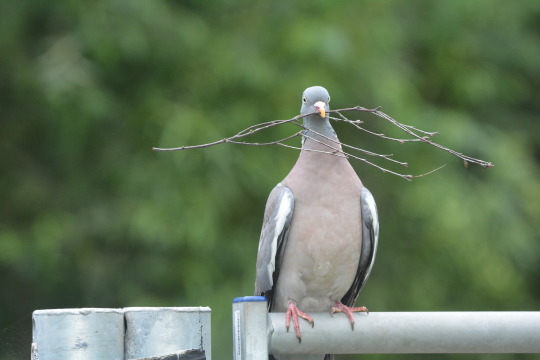

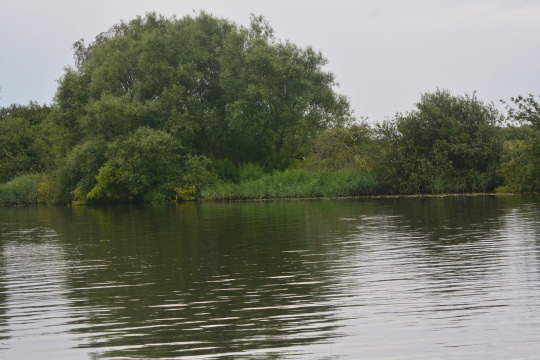


09/07/2023-RSPB Strumpshaw Fen
Pictures taken in this set: 1. A lovely Grey Heron, a key bird of the weekend trip. 2. The majestic Marsh Harrier we so enjoyed seeing from a hide, seeing others well on the walk round. They are such beautiful and striking birds, one I do really love seeing and I've had a fantastic year for them so far. 3. Follow the leader: Mute Swan cygnets. 4. Delicate meadowsweet and great willowherb. 5, 7, 8, 9 and 10. Views at this picturesque Fen reserve including of the expansive and lovely River Yare. 6. A Woodpigeon with a twig in its mouth on a gate which was a feel good and quirky image to take away from the day.
It really was a brilliant walk round this rich reserve, with seeing my first ever Norfolk Hawkers - exquisite emerald eyed dragonflies dashing around stream and vegetation - the key moments from the day. I feel so lucky we saw them. Brown Hawker, Black-tailed Skimmer, Emperor, possible Southern Hawker and Common Blue Damselfly, Banded Demoiselle and darter were other great dragon and damselflies to see. Comma, Red Admiral white butterflies including Small White and Green-veined White I believe, Large Skipper, Silver Y moth, Kestrel, Sedge Warbler, Jay, Swift, Common Tern, Great Crested Grebe and chicks which was good to see somewhere different to Lakeside, Little Grebe, Mallard and ducklings, Great White Egret a very key bird of the weekend away, ladybird, possible ladybird larva, Common Red Soldier beetle and a marvelous Muntjac Deer shuffling over the path right at the end - a magical and euphoric moment I love seeing them - were other highlights. Other key plants of the many seen on the walk were hemp agrimony, purple and yellow loosestrife, white clover, pineappleweed, heath-spotted orchid, self-heal, herb-Robert, red campion, marsh bedstraw, hedge woundwort, thistle, bird vetch, valerian and plantain.
#photography#nature#uk#england#happy#world#norfolk#east anglia#fens#strumpshaw fen#rspb strumshaw fen#common red soldier beetle#muntjac deer#photos#hampshire#flowers#birdwatching#birds#purple loosestrife#yellow loosestrife#norfolk hawker#brown hawker#great white egret#grey heron#common tern#great crested grebe#walk#hedge woundwort#europe#2023
11 notes
·
View notes
Photo


33 notes
·
View notes
Text

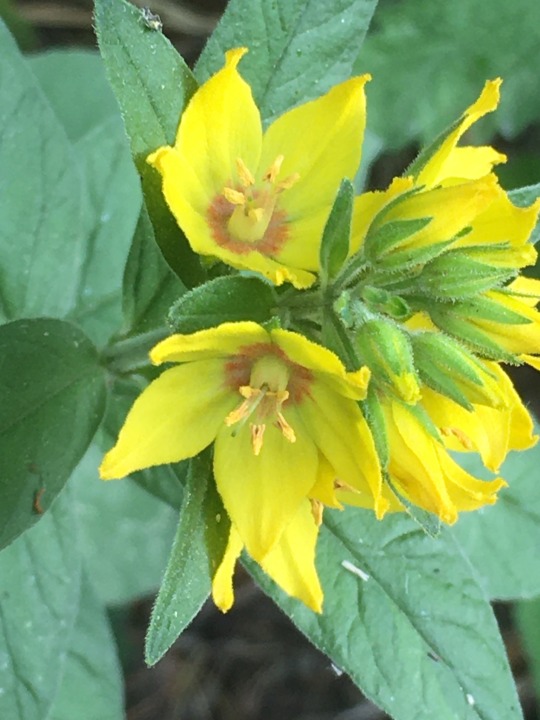

2 notes
·
View notes
Text

Primulaceae Lysmachia punctata
Large yellow loosestrife
Identification via Pl@ntNet
1 note
·
View note
Text
Yellow Loosestrife -- FOTD Sep 04
Yellow #Loosestrife is my latest post for Cee's FOTD Sep 04 #photography #flowers
Hi all 😃 My latest post for Cee’s FOTD.

View On WordPress
0 notes
Photo
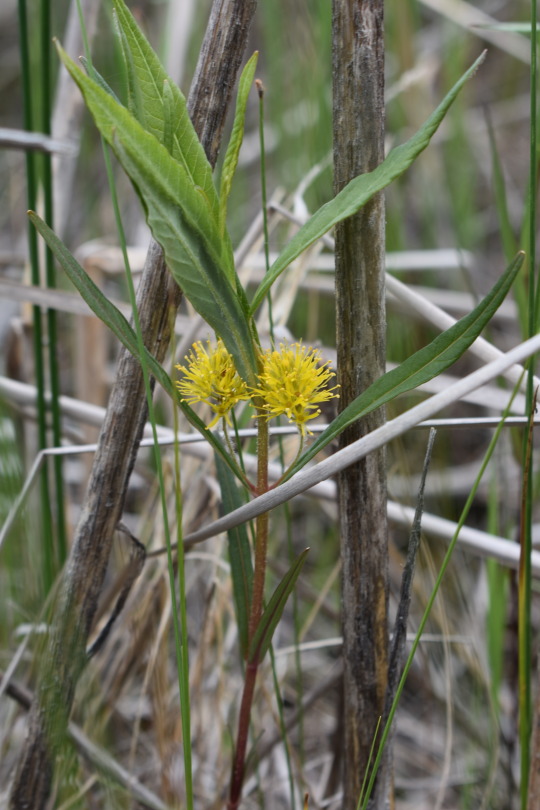
Tufted Loosestrife
Lysimachia thyrsiflora
Primulaceae
Photograph taken on June 18, 2023, at Purdon Conservation Area, Lanark Highlands, Ontario, Canada.
#wildflowers of southern ontario#Tufted Loosestrife#yellow#Loosestrife#Lysimachia thyrsiflora#Lysimachia#Primulaceae#Purdon Conservation Area#Lanark Highlands#Ontario#Canada#wildflowers#flowers#wildflower#nature
6 notes
·
View notes
Text
Llyn Meurig Lake
Update on the new pond...
If you notice an ordnance survey plane making passes over our valley, I can tell you that they are checking on the previously overlooked body of water below the ancient earth works on the hill.
You might remember that we got our friend to dig us a pond at the suggestion of the ecologist who came last summer. It has an en-suite compost heap and wood pile.
Day one
Well, it filled up in no time…

View On WordPress
#bog bean#bog-garden#frogbit#Hornwort#pondweed#purple loosestrife#water forget-me-not#water lilies#water mint#wetland plants#yellow iris
0 notes
Text
Flower of the Week, 3rd July.
We don’t have much in the way of colour themes in our garden, preferring to mix all kinds of colours together. At the moment, though, we have some strong yellow flowers in various parts of the garden.
We keep this daisy like flower in a pot. We bought it last year but have forgotten it’s name!
Evening primrose grows in the sand dunes around Southport, about 15 miles away. The flowers shrivel…
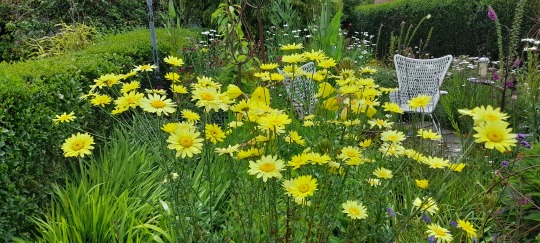
View On WordPress
0 notes
Text
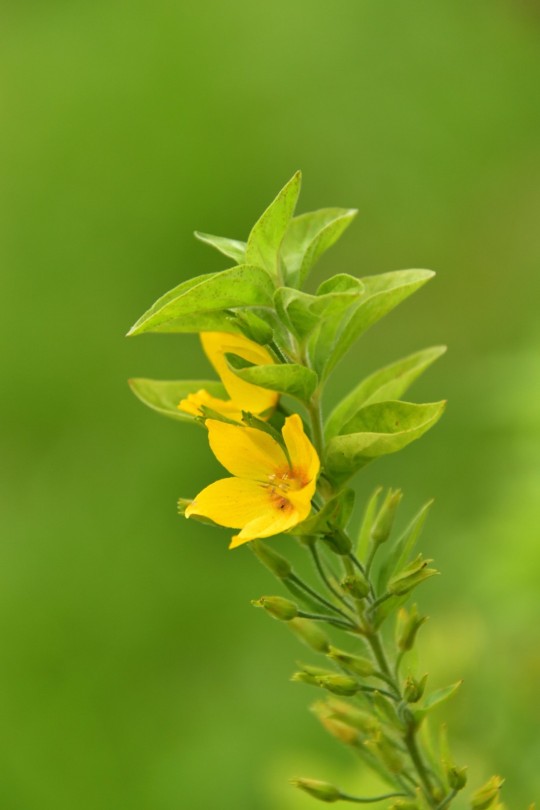
Yellow Loosestrife
125 notes
·
View notes
Text

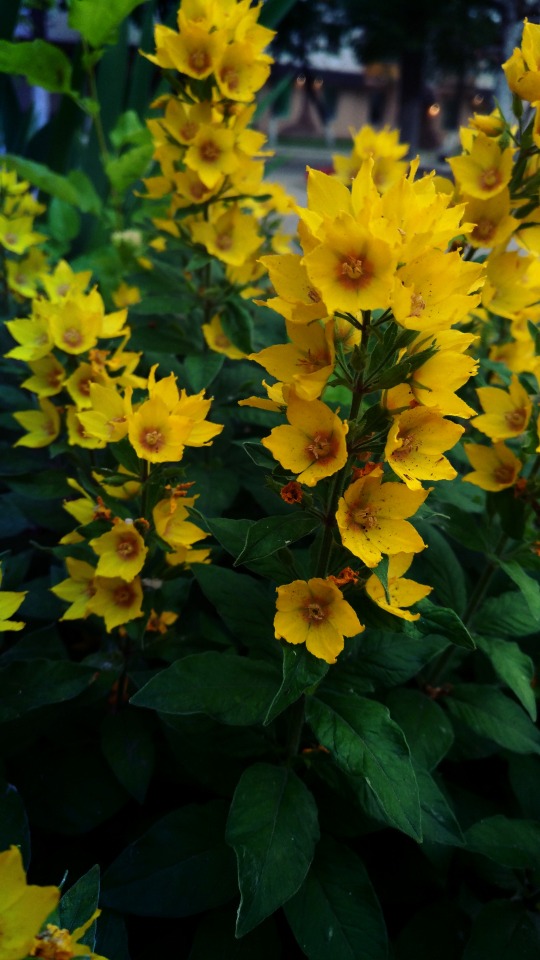
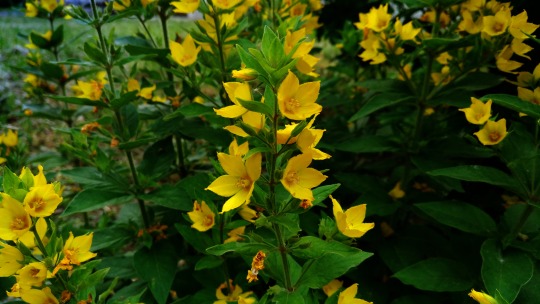
Lysimachia punctata , вербейник точечный , большой желтый вербейник , круглый цветок , или пятнистый вербейник , является видом цветковых растений семейства Primulaceae
Lysimachia punctata, the dotted loosestrife,large yellow loosestrife,circle flower, or spotted loosestrife, is a flowering plant species in the family Primulaceae.
#русский tumblr#россия#лето#природа#сквер#цветы#желтые цветы#вербейник#городскойпейзаж#мои фото#russia#summer#nature#nature photography#my photos#park#flowers#yellow flowers#Lysimachia#beauty of nature#flower photography#flower aesthetic#original photography#photographers on tumblr
124 notes
·
View notes
Text



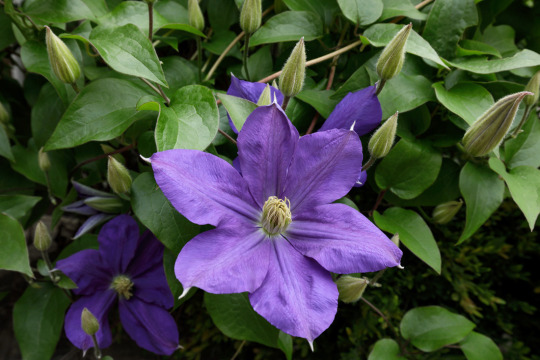

The Expropriation Experiment
Don't forget this is your last chance to see the video if you haven't already done so!
youtube
Let's end this one off by looking at the exterior of this large abandoned home along with the gardens that were all in bloom during my visit!
Built in 1988 and located on a large parcel of land on the edge of a rapidly growing area, lies this abandoned mansion. With a Scarlet O'Hara Staircase, multiple skylights and even a large brick sunroom it has remained almost completely unaltered since its construction.
Surrounded by a large property containing gardens with a variety of flower species such as roses, clematis and yellow loosestrife. There were also many trees on the property including fruit, such as apple, pear and cherry. I imagine this was once a well loved home lived in by a large happy family at one time.
There was also a letter from a local law office from 2005. It referred to a land expropriation battle, that I presume had been won since the home was still standing almost 20 years later!
It was a worthwhile endeavour since it would later be bought by a development company, along with two other properties nearby, for what I would imagine to be a much more generous offer. This home along with the one next door, will soon be demolished. They will be replaced with several buildings, a mix of condos, townhouses and retail spaces, basically an entire new small town.
#abandoned#abandoned buildings#abandoned places#abandoned houses#abandoned homes#abandoned mansions#abandoned mansion#mansion#mansions#houses#homes#urbex#urban exploring#urban exploration#bandos#forgotten#forgotten buildings#forgotten places#Youtube
21 notes
·
View notes
Photo
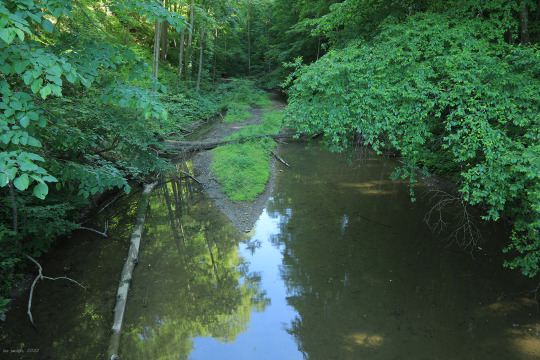


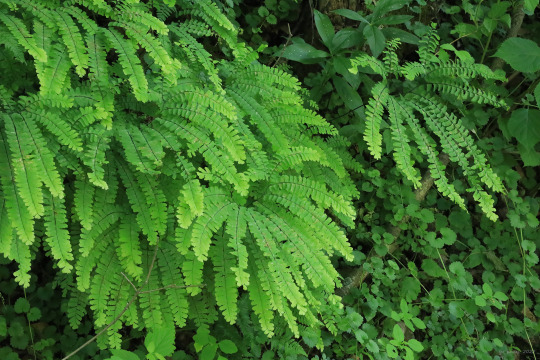

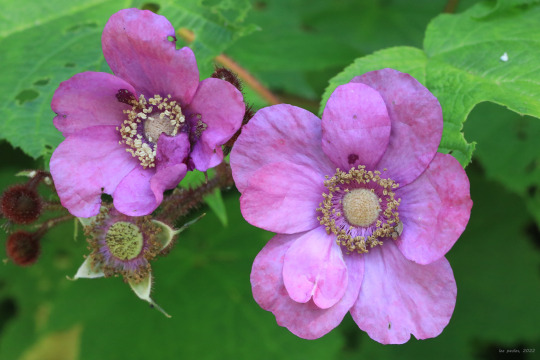

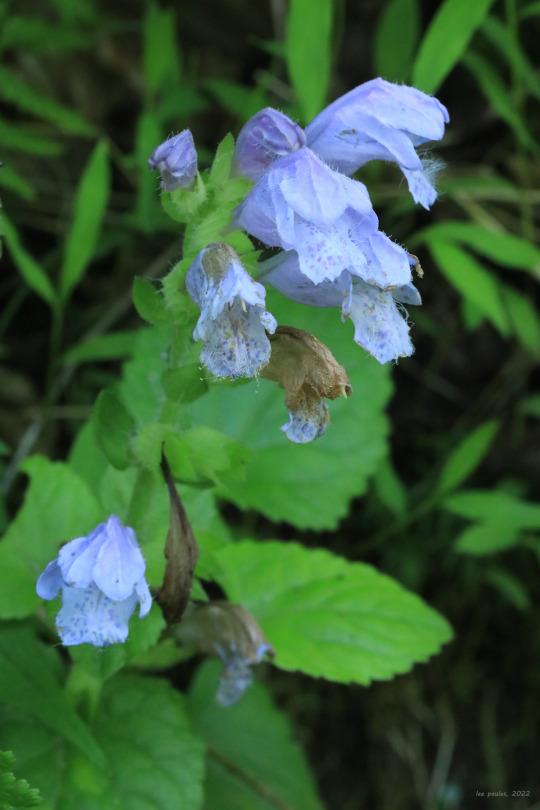
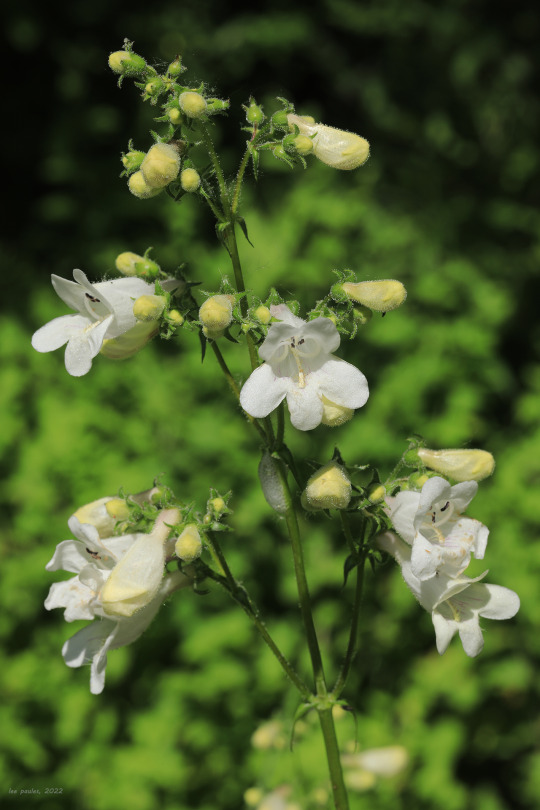
A gorgeous late spring afternoon means only one thing to me: a long, leisurely bike ride on the Mon River Trail. Eastern goat’s beard (Aruncus dioicus), with its gaudy, plume-like flowers, is now at peak bloom on the moist, rich slopes bordering the trail. This rhizomatous perennial in the rose family is one of Appalachia’s most spectacular spring-blooming wildflowers and has a rambling, bushy habit that makes it the perfect ornamental for a damp, partially-shaded spot in a native wildflower garden. This plant is easily mistaken for Appalachian false goat’s beard (Astilbe biternata), which grows in the same habitat and has a similar flower plume but with a different leaf arrangement.
Other notable plants now coming into their own (from top): northern maidenhair fern (Adiantum pedatum), which cascades down the moist slopes along the trail in radiant waves; purple-flowering raspberry (Rubus odoratus), a showy, suckering cousin to Allegheny blackberry with gorgeous flowers and foliage and bristly, not-so-tasty fruit; whorled loosestrife (Lysimachia quadrifolia), an elegant, upright perennial with yellow flowers borne from the leaf axils; Meehan’s creeping mint (Meehania cordata), a striking, deer-resistant perennial that forms spreading mats of lavender flowers; and foxglove beardtongue (Penstemon digitalis), a tall, captivating perennial named for the hairs that grow from its staminode (long, sterile stamen).
#appalachia#vandalia#west virginia#mon river trail#spring#wildflowers#flora#fern#aruncus dioicus#eastern goat's beard#eastern goatsbeard#bride's feathers#adiantum pedatum#northern maidenhair fern#rubus odoratus#purple-flowering raspberry#lysimachia quadrifolia#whorled loosestrife#meehania cordata#meehan's creeping mint#meehan's mint#penstemon digitalis#foxglove beardtongue
67 notes
·
View notes
Text

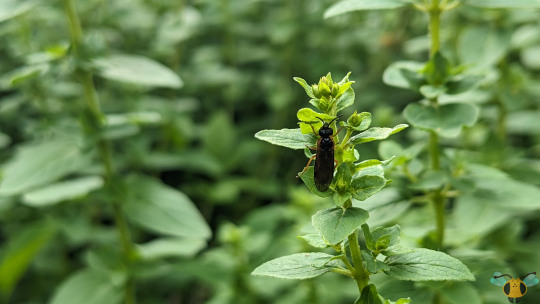
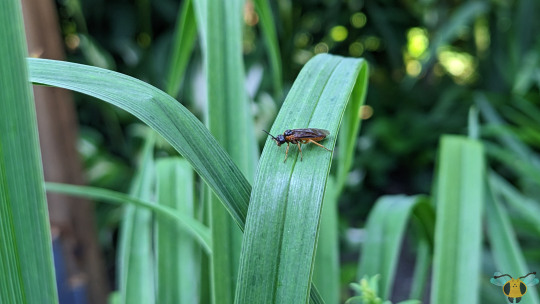
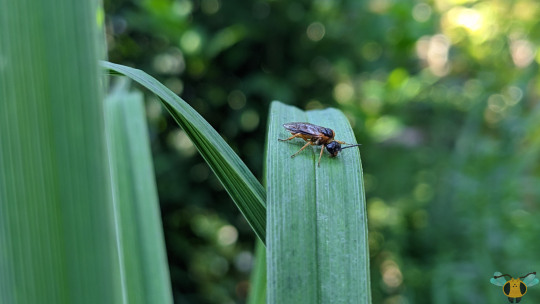





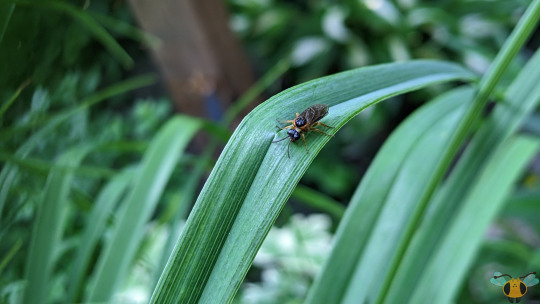
Tiny Yellow Sawfly - Monostegia abdominalis
It's a surprise to see this colorful insect in the yard again! The primary reason being that the primary food source of this insect's larvae has been completely removed from the backyard, that being the purple loosestrife plants. Over many years, the loosestrifes we've have been healthy until summer arrived and the larvae of this Tiny Yellow Sawfly appeared in droves to hungrily munch on the leaves. Try and we may to remove them, the larvae were too voracious and there were always a few left to fully consume any leaves they could! As skeletonizers, they feed on the greens (or purples) of the leaves, leaving only the veins. While the larvae are content to feed, the plant's health deteriorates tremendously without the ability to photosynthesize efficiently. As such, the loosestrife plants in the backyard faltered and died, while the Sawfly larvae that remained active went on the pupate, blissfully unaware that their food source would be no more. This isn't a problem, however, for the adults that would emerge later in the spring as the adults primarily feed on nectar and pollen from flowers and can navigate to new areas using their newly developed wings.
I'm making the situation far more dramatic than it needs to be, but this event does provide an important lesson on watching over your plants, pest control and not consuming something to the point where there won't be any left for future generations. The latter is something that the emergent adult Sawflies will have to contend with as they now have to search in a new area for a suitable host plant for their eggs. If they can find one, the saw-shaped ovipositor will go right to work and place the eggs securely within loosestrife plants and primroses. This is why it is a surprise to see this specie in the yard. The primary food source is gone, but they must a new host plant in order to ready the new generation for the summer. I really do find Sawflies quite fascinating, but I wish they weren't so destructive in their feeding habits (and there are some species that can clog up a plant using webbing, shed skin, and frass collection), even if they have to feed to support their growing larval bodies. The plants may have also fared a bit better had a predatory insect or a bird taken an interest in eating them, but a waxy coating makes them unpalatable. Best of luck to all the Sawflies out there searching for a suitable host plant, and to all you gardeners out there, please stay vigilant. Remember, they many resemble Caterpillars when they are young, but there are in reality Hymenopterans, so Caterpillar-be-gone will have little to no effect on removing them.
Pictures were taken on July 5, 2023 with a Google Pixel 4.
#jonny’s insect catalogue#ontario insect#sawfly#tiny yellow sawfly#hymenoptera#insect#toronto#july2023#2023#nature#entomology#invertebrates
3 notes
·
View notes
